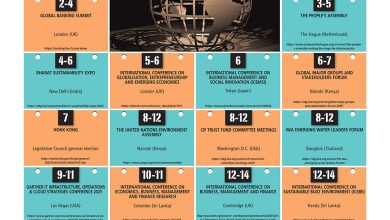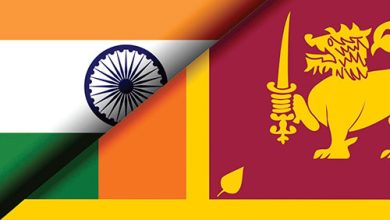CLIMATE CALAMITIES
THE END OF AN EASTERN AURA
Amantha Perera laments the hardships faced by farming communities due to climate change
As the sun rises early in the morning, dawn on the east coast of Sri Lanka is a spectacular sight to behold. Those golden rays on the horizon create a multitude of bright dancing streaks over the crystal blue waters of the Indian Ocean. As the waves lap around Kallady beach in Batticaloa, the hoarse screams of fishermen sound somewhat out of place.
The boats are returning with the night’s catch. Men on the beach work in groups to pull nets that are filled with sprats ashore. These fishermen are feeling good. If the boats return empty, they’re generally morose and not so welcoming of outsiders.
But such is not the case today…
The last 12 years have been good for Sri Lanka’s eastern fishermen. Gone are the days of midnight security sweeps over large swathes of restricted areas on land and at sea due to security fears. The only loud thuds I heard during the night were those of firecrackers.
In Vavuniya, such noisy bursts of fireworks are the norm in the morning, at least near the wholesale vegetable market – they were lit to scare away the monkeys. These primates however, would move five feet away from the crackers and look bemusedly at the elderly man lighting them. During intervals between the explosions, they would swoop down to flick yet another banana from the bunch.
Agriculture and fisheries constitute the main economic activities in this region. On the road from Trincomalee to Valaichchenai through Vakarai, farmers are trying their best to resurrect their rice paddies.
But there are multiple conspiracies working against them.
Firstly, rain patterns have changed like never before. It never rains like it used to. The showers come at odd times and when they do, the heavens open up and inundate the fields.
These villagers didn’t have a chance to get used to the slow but steady changes in the climate that had begun setting in. During the part of the script that had war written all over it, they were more worried about saving life and limb – from bombs, bullets, madmen and madwomen, though not necessarily in that order.
After more than two decades of hide-and-seek, life began to return to normal and peaceful routines were slowly but surely being established post May 2009. But by then, the rain patterns had shifted dramatically.
Farmers who once knew precisely when the monsoons would come and provide the much needed water for their crops now wait anxiously for signs of rain. Our meteorological department doesn’t have the level of public trust that permits its weather updates to be taken seriously. To be fair however, our weather forecasts have improved somewhat over time.
There’s also no tried and tested system through which poor farmers can gain access to detailed weather predictions. So all they can do is to stare at the heavens or rely on the weather grapevine.
But the changing weather patterns have also brought with them other issues. One farmer told me that because he cultivates along with the rains, the maturing of crops is sometimes completely out of sync with what’s around his plot. “I once found that only my plot was blooming while everything around it was just leaves so all the insects kept targeting my crops and I ended up having to use more pesticide,” he explained.
On another occasion, he found that his pumpkin plot was flowering at a time when there were no bees around. Bees, he said, are essential to pollinate the plants. And the man lamented: “I used syringes to do what the bees would normally do but it wasn’t entirely successful.”
If the rains have been bad, the lack of them has been worse.
The dry months now run for the better part of the year. Since 2016, the east has experienced drought conditions for at least six months of the year, which leaves the earth parched. With harvests on the decline, families who rely on agriculture are pushed further into spiralling debt.
In the north and east, the mere mention of microfinance can send some residents into fits of rage.
The schemes of moneylenders have decimated families and the social fabric. I was told that the police had banned microfinance representatives from visiting certain villages after dark since some reps had been assaulted after they sought sexual favours from the women in some villages.
So what’s the crux of the problem?
The issue is that with the end of the war, there was hope that new industries would come to the north. These hopes were raised when the A9 highway was widened to four lanes of traffic, and the Yal Devi train service began running between Jaffna and Colombo once more.
But poor planning at administrative level has led to such hopes falling by the wayside. And so the poorest who survived the war have been left to eke out a living by reverting to agriculture.
Making money from plots of paddy or vegetables is not as easy as it was in the past. Competition is intense and the market tends be dominated by large buyers who control prices. And climate change brings its own challenges to this toxic mix with fewer rainy days, and more time between the rains.
When the rains do come, they’re unrelenting. The last two droughts ended with floods in the east, causing havoc in the area. Most residents of the east are finding it difficult to make the adjustments despite their livelihoods depending on the right tweaks.
Furthermore, there aren’t any agencies capable of providing them with the knowledge of how to deal with these changes.






